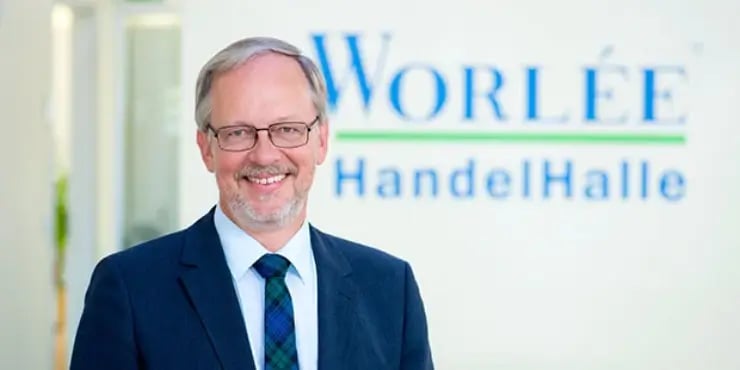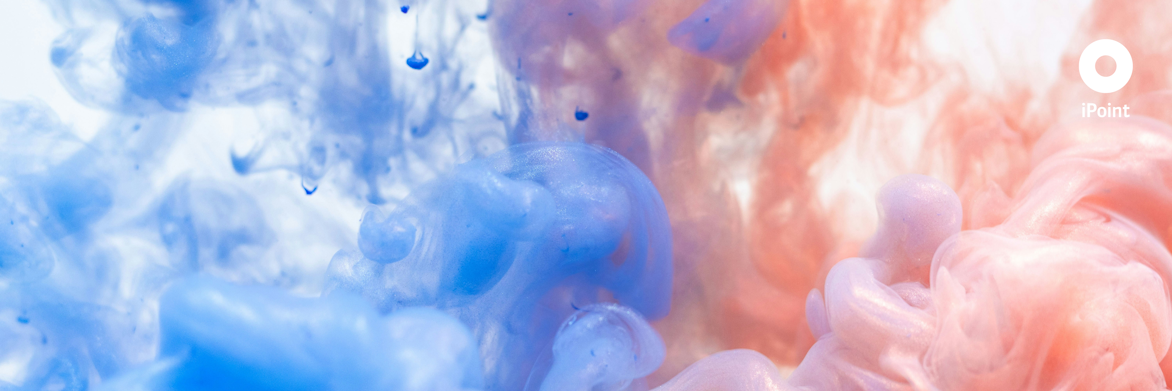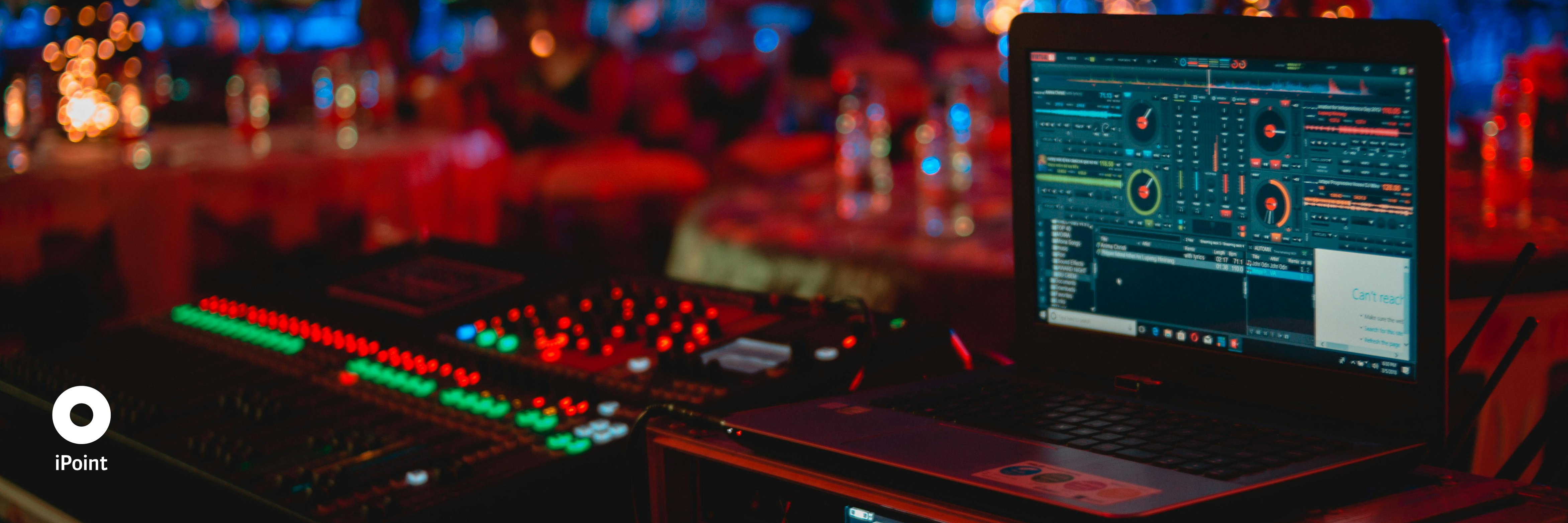Reduced energy consumption, less material usage and consequently lower production costs. These are the summarised results of a software-based resource efficiency analysis at Worlée-Chemie GmbH. The software tool Umberto can be used to compile material and energy flow analyses and then combine them with flowsheet simulation, heat integration methods and numerical optimization.
Worlée Chemie GmbH in Lauenburg, manufactures, produces and sells resins, binder agents and additives for the production of paints and coatings. The production of resins has the following objective: the primary use of renewable raw materials and the continuous decrease in the proportion of volatile organic compounds (VOC). Due to the non-polar structure of water-dilutable alkyd resins, producing them in an environmentally-friendly manner is particularly challenging. The end products of water-soluble PU-modified alkyd resins are for example used as topcoats on wood, metal or plastics. Since the production of these products is innovative and complex at the same time, the production process was selected as an exampleof performing a structured resource efficiency analysis. The procedural steps to be developed will in future be applied to the modeling of other production processes.
OBJECTIVE: DEVELOPING RESOURCE EFFICIENCY STRATEGIES
It is basically a matter of using a resource efficiency analysis to identify and quantify potentials for optimising the use of all the resources used in production.For this purpose, all the secondary processes required for analysis, such as the storage of raw materials, filling and the peripheral processes to provide the process energy and resources, are included.
A catalogue of measures is developed, the implementation of which results in ecologically and economically optimized production. The goal is lower energy consumption and ideal use of material, thereby lowering production costs. For this purpose, both the consumption of the entire production system and sub-processes are investigated.
METHODIC PROCEDURE
The task is defined without fixed expectations regarding results. During the modeling process, a comprehensive understanding of the system develops within the company, providing both an overall view 1)as well as detailed insights into individual process sections. Comprehensive material flow modeling 2) is first performed. This material flow modeling is performed using the software tool Umberto NXT Efficiency. All the peripheral production processes are also included in the modeling. In doing so, data exchange and linking runs via LiveLinks to Microsoft EXCEL.
Scenarios for the past and the future can then be calculated – for example, in terms of mass, energy, and cost accounting. For this, detailed material and energy flow analyses are carried out. A dense data base was already available at Worlée Chemie. Where necessary, it was supplemented (for modeling) with generic data from the standardised LCA database ecoinvent (Ecoinvent, 2015).
In addition to the material and energy flow analysis, Worlée compiled a life cycle assessment that allows a climate evaluation based on carbon footprints. In the subsequent analysis phase, a potential quantification was carried out to increase resource efficiency.
ANALYSIS AND IDEA GENERATION
The results of the material flow analysis were prepared in detail and made available to employees in the fields of engineering, manufacturing and controlling. As part of a cross-departmental workshop, measures were then developed which will be integrated into the future resource efficiency strategy of Worlée-Chemie. Short, medium and long-term priorities for implementation were determined.
Short-term measures to be implemented include, for example, renovating the thermal afterburning system (TNV). There had already been plans to replace the existing TNV in the coming years. Jan Eschke, energy and environmental manager at Worlée-Chemie GmbH, commented: “Energy aspects have been given high priority in our considerations and optimally coordinated production processes are the goal we are continuously working towards. We were already planning a new TNV. The analysis with Umberto has encouraged us in this and clearly indicated that this measure deserves renewed prioritization. In the course of our analysis, we have identified individual material flow chains that can be optimized to allow us to recycle or incinerate waste materials within our company. By doing so, we can ensure the best possible emission management while incineration will allow us to generate energy that we currently still have to purchase.”
Additional ideas were proposed for analysing the behaviour of reaction times in relation to size variations of the reaction vessels. Furthermore, the areas of data monitoring and on-line measurement technology were considered.
One medium-term measure, for example, will be to analyse the waste water in the reverse osmosis system. Possibilities that can be realised in the long term as part of the resource efficiency strategy relate to the use of continuous production technologies.
IMPLEMENTATION – QUICK RESULTS
The project was completed in September, 2015. First steps have now been implemented or are currently being implemented. Detailed modeling of different process scenarios with the software Umberto was helpful for prioritization. These scenarios show that complete implementation of the currently planned measures, along with the already achieved CO2 reductions in production, will allow another 25% of the total CO2 amount emitted to be saved.
This article was printed in the May issue of the German professional journal “Nachrichten aus der Chemie“ (news from the chemical industry).





